
OR
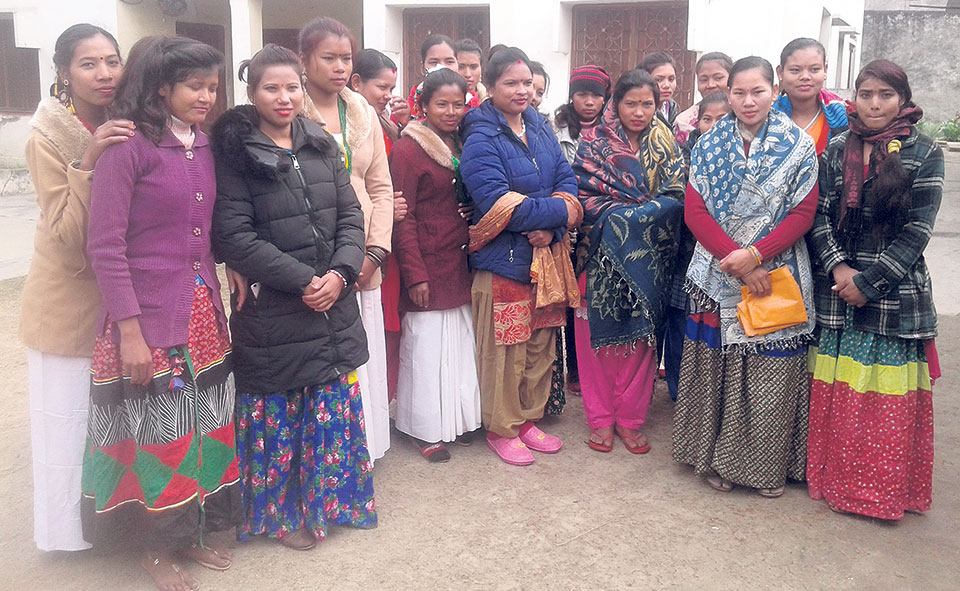

Sarita Nandmehar
The author is a PhD fellow at Jawaharlal Nehru University, New Delhinews@myrepublica.com
More from Author
Government needs to ensure livelihood, employment, education and social security for Kamalari girls and women
Slavery is one of the worst forms of cruelty against all living beings. It has existed across time and space, continents, civilisations etc. However, it is surprising that despite being outlawed by the international agencies and local laws, slavery in the modern day is a reality.
Kamlari is one such form of slavery in Nepal where young girls as old as four years and women across all age groups are forced to work as bonded labourers in the houses of the rich landlords. The employed girls and women do not receive any monetary benefits from their employers. Instead, male members of their families are given an annual sum or provided with grains against the annual work carried out by the employee.
These girls and women belong to the Tharu community whose forefathers had shifted to Nepal centuries ago. Tharus have traditionally been involved in the agriculture related works. With their dominant presence in the western Nepal, Tharus were forced away from their fertile lands after a major malaria had struck Nepal in the 1950s. Known for their immunity against this mosquito borne disease, they scattered in the western and southern Nepal and their fertile lands were now owned by the landlords. Left in dire poverty and no land, male members of the community worked as bonded labour (Kamaiya) in big farms, and their daughters and wives were given house bound work.
On the occasion of Maghi Festival, agents visit villages to lure the poor parents of these girls and promise to employ them at a rich landlords’ house with false promises of providing better life quality, education and food.
In the 1980s and 90s, a movement against such inhumane practice was launched to ban it. After years of struggle, the practice was outlawed in 2013 with the support of the International Organisations and Non-Governmental Organisations including Backward Society Education and Nepal Youth Foundation.
Till date, more than 13000 girls have been rescued by the NGOs with the help of local administration and the police. These girls have been provided vocational training along with an opportunity to receive education through government provided scholarship. Rescued girls are given shelters in the government run hostels, which have been constructed by the NGOs in five districts Banke, Bardiya, Kailali, Dang and Kanchanpur.
While these efforts at the NGO and government level have been able to rescue and rehabilitate Kamlari girls, their lives in rehabilitation are marred by acute challenges, especially on the socio-economic, education and employment fronts. On the social front, rescued girls get married with the help of their families but those who are abandoned by their families/ orphans have been waiting for their resettlement back into the society.
In such cases, girls as old as 35 are lodged in the hostels and receive a meagre amount in the form of fellowship for a period of 11 months. The monthly stipend varies from 3000 NPR to 8000 NPR. In this limited amount they need to manage their food, lodging, education, stationary, personal hygiene etc which is near to impossible. During a visit to one such hostels early this year in the Narti village of Dang district, this author found girls living in deplorable conditions as they had been waiting for the transferring of fellowship money to their account for last four months. It was not for the first time that they had to wait for long.
Also, personal hygiene is yet another challenge to these girls and due to high cost of hygiene products, girls are forced to use dirty cloths, risking their lives. These hostels lack any emergency medical services and, in several cases, girls are in dire need of counselling. During interaction with most of these girls, they narrated horrific experiences of physical abuses by their landlords and their family members. While NGOs visit these girls occasionally, their lives continue to remain in danger. The capacity of these hostels is no more than 70. And security of the premises depends on themselves.
One can only feel the pain of these young girls who have been rescued and rehabilitated on record but they still await resettlement with a better way of life. Several girls have graduated from schools and colleges and they wish to study more but due to lack of holistic financial support, their dreams continue to remain a dream.
Yes, Kamalari system has been outlawed. The girls have been freed and they receive support from the civil society and the government but they are still waiting for fair resettlement in the society. The government needs to ensure livelihood, employment, education and social security for them. This is all the more important now for they live in panic amid Covid-19 pandemic.
The author is a PhD fellow at Jawaharlal Nehru University, New Delhi.
You May Like This

Federalism: learning by doing
Issues have emerged regarding effective implementation of federalism. But there is a long way to go and these issues can... Read More...
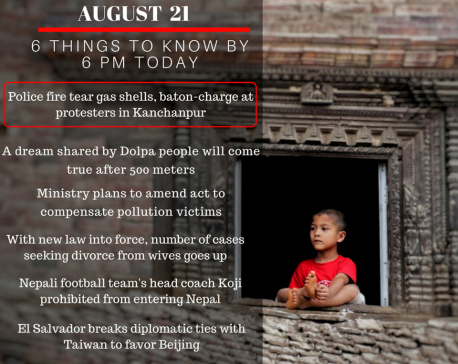
Aug 21: 6 things to know by 6 PM
Your daily dose of missed important news of the day. ... Read More...
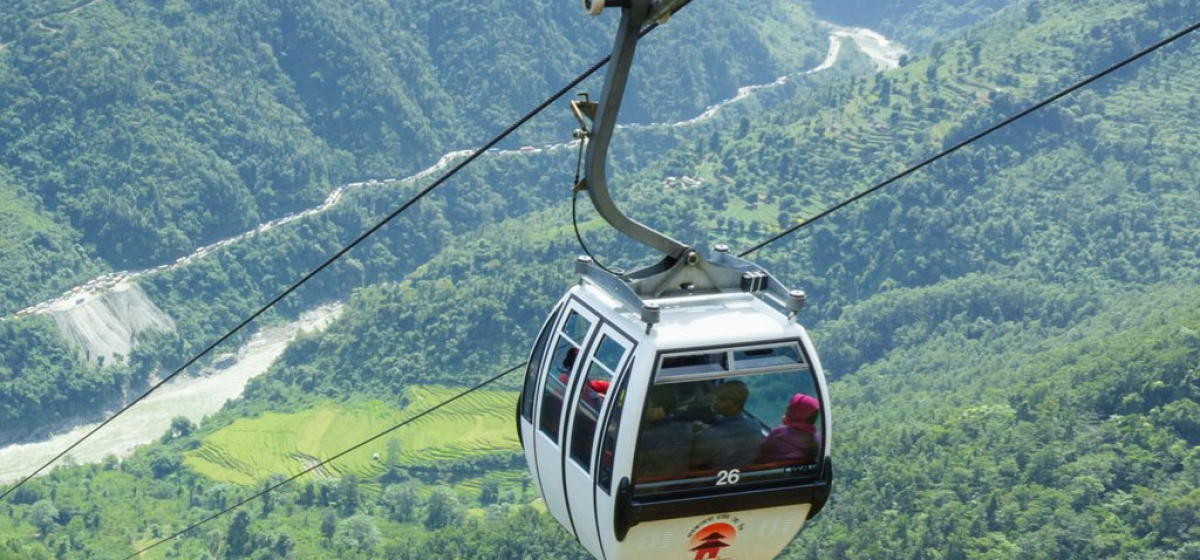


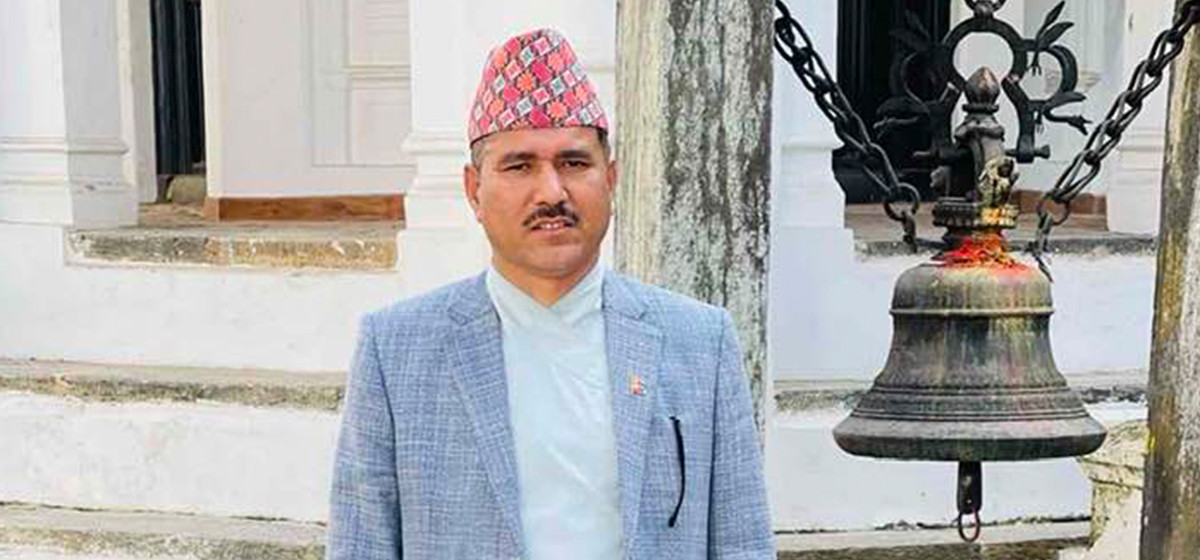
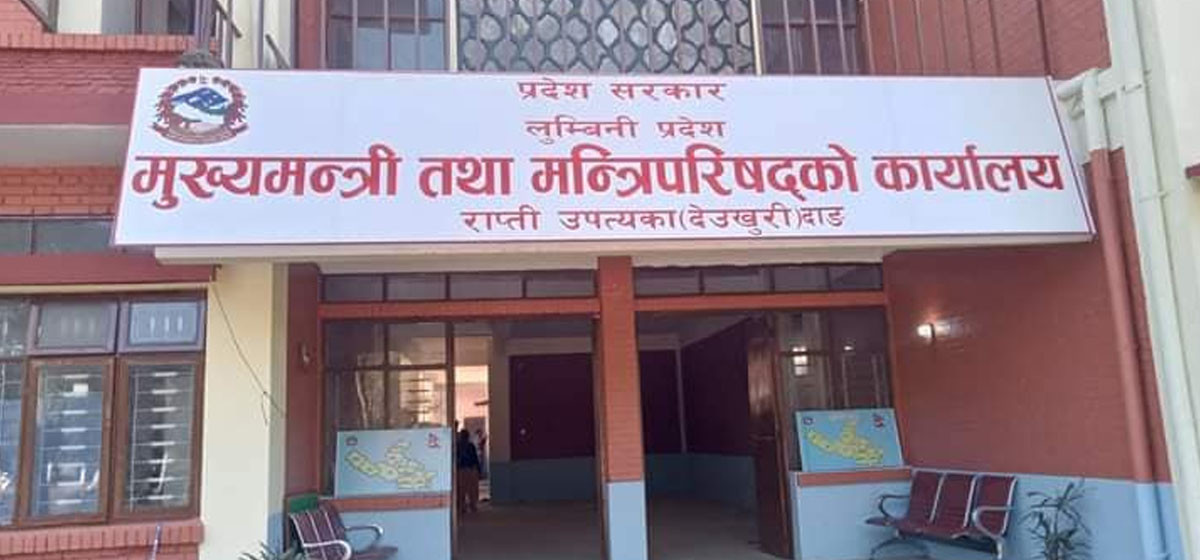
Just In
- NEPSE nosedives 19.56 points; daily turnover falls to Rs 2.09 billion
- Manakamana Cable Car service to remain closed tomorrow
- Nepal govt’s failure to repatriate Nepalis results in their re-recruitment in Russian army
- Sudurpaschim: Unified Socialist leader Sodari stakes claim to CM post
- ED attaches Raj Kundra’s properties worth Rs 97.79 crore in Bitcoin investment fraud case
- Newly-appointed Auditor General Raya takes oath
- CM Mahara expands Cabinet in Lumbini Province
- FinMin Pun addresses V-20 meeting: ‘Nepal plays a minimal role in climate change, so it should get compensation’












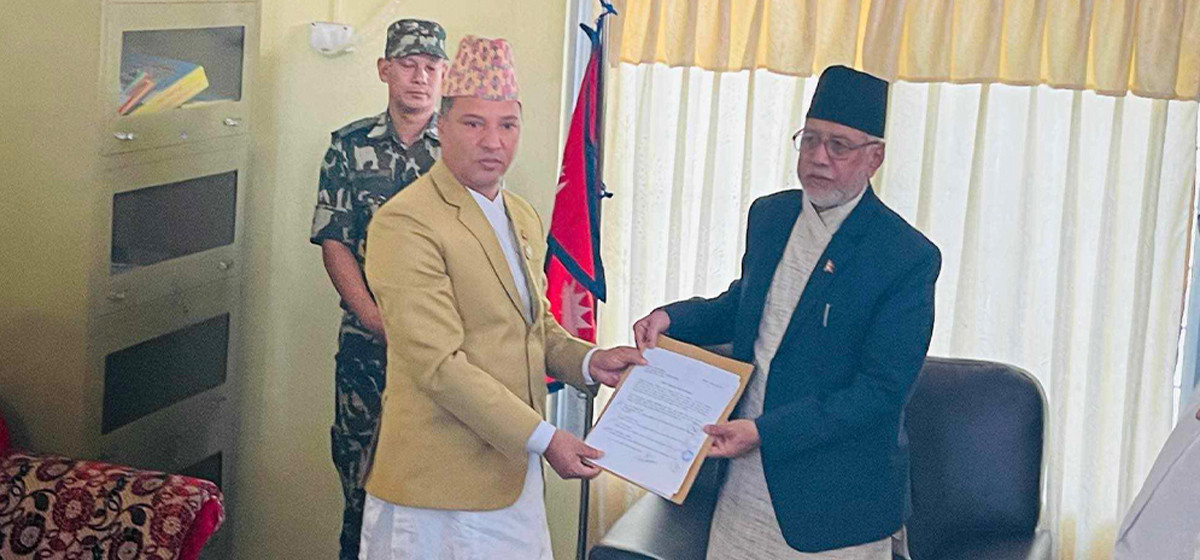
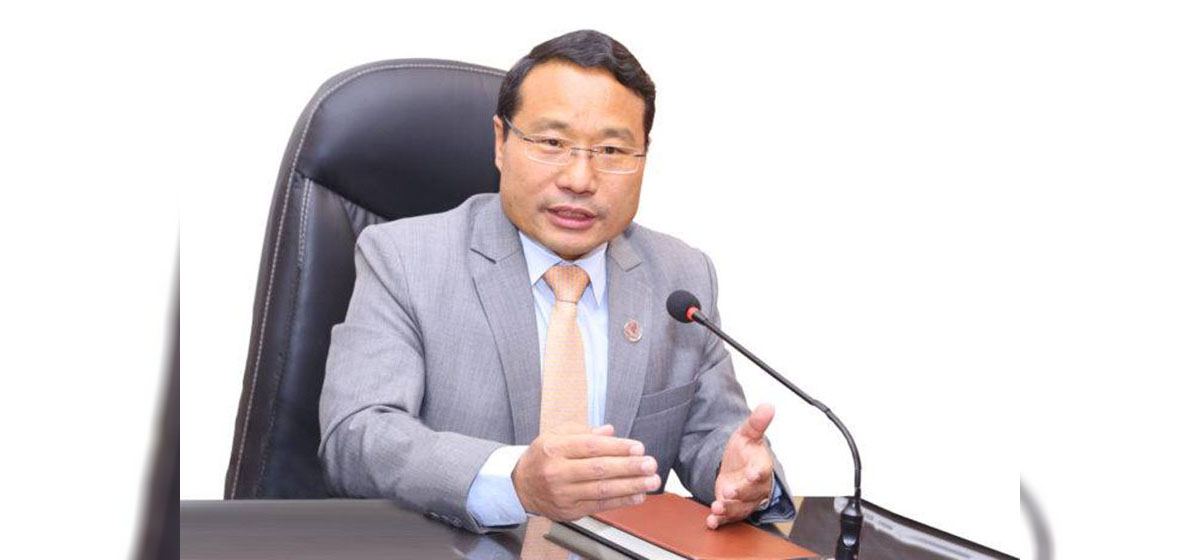
Leave A Comment